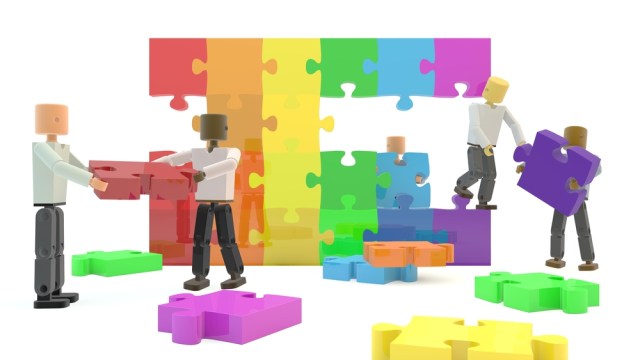Two Ways 3D Printing is Revolutionizing the Classroom

The application of 3-D printing in the classroom is very interesting. There are a lot of possibilities. Here are just two examples. One is at the university level, something that I’ve experienced firsthand.
I teach product design at Cornell. And often, you know, we try to give students the experience of what it’s like to design a product. And typically design courses involve either professors making up some kind of mock design project and the students trying to meet those needs, or students working on real-life design products but they’re usually a small part of a bigger project. It’s really just a small piece and they don’t really get to connect to the end customer and so forth. What 3-D printing allows us to do is to accelerate the innovation process so that students can experience the entire product design and marketing from A-Z in one semester, within a period of maybe three months or less.
So students can walk into a class, come up with a concept or number concepts, work on those concepts. Develop them. Fabricate. Sell them online and reach a real customer. And there’s nothing more authentic I think than actually making a product and selling it. And having somebody that does not know you personally by it. And that’s what we’re beginning to do now.
It already happened in e-books and photography and other areas but this rapid, direct connection between the creator and the consumer, this condensed timeline allows us to really teach product design in a much better way. So that’s one example of how I see that affecting engineering. And we’re just now beginning to experiment with that.
On the other end of the scale you can also think about how children can use 3D printing in the classroom. There are obvious things like using 3D printers in tech classes to make things and so forth. I had an experience with that when we demonstrated a 3-D printer in a second grade elementary school and we printed cookies. Some of the kids normally couldn’t care less about manufacturing, about math, about technology. But here you have a computer program and it’s generating, it’s printing in cookie dough or in chocolate. Then you change the program and the pattern of the chocolate changes. There’s a immediate visceral connection.
People spend a lot of time trying to think about how to connect these abstract concepts to real life. I think 3D printers open up a whole new possibility. So these are just two examples, but of course, the challenge is to go beyond these anecdotal cases into actually tying it into the standard curriculum that public schools have to work with. And that will require a lot more time and a lot more investigation. But I think the possibilities are truly endless.
In Their Own Words is recorded in Big Think’s studio.
Image courtesy of Shutterstock





